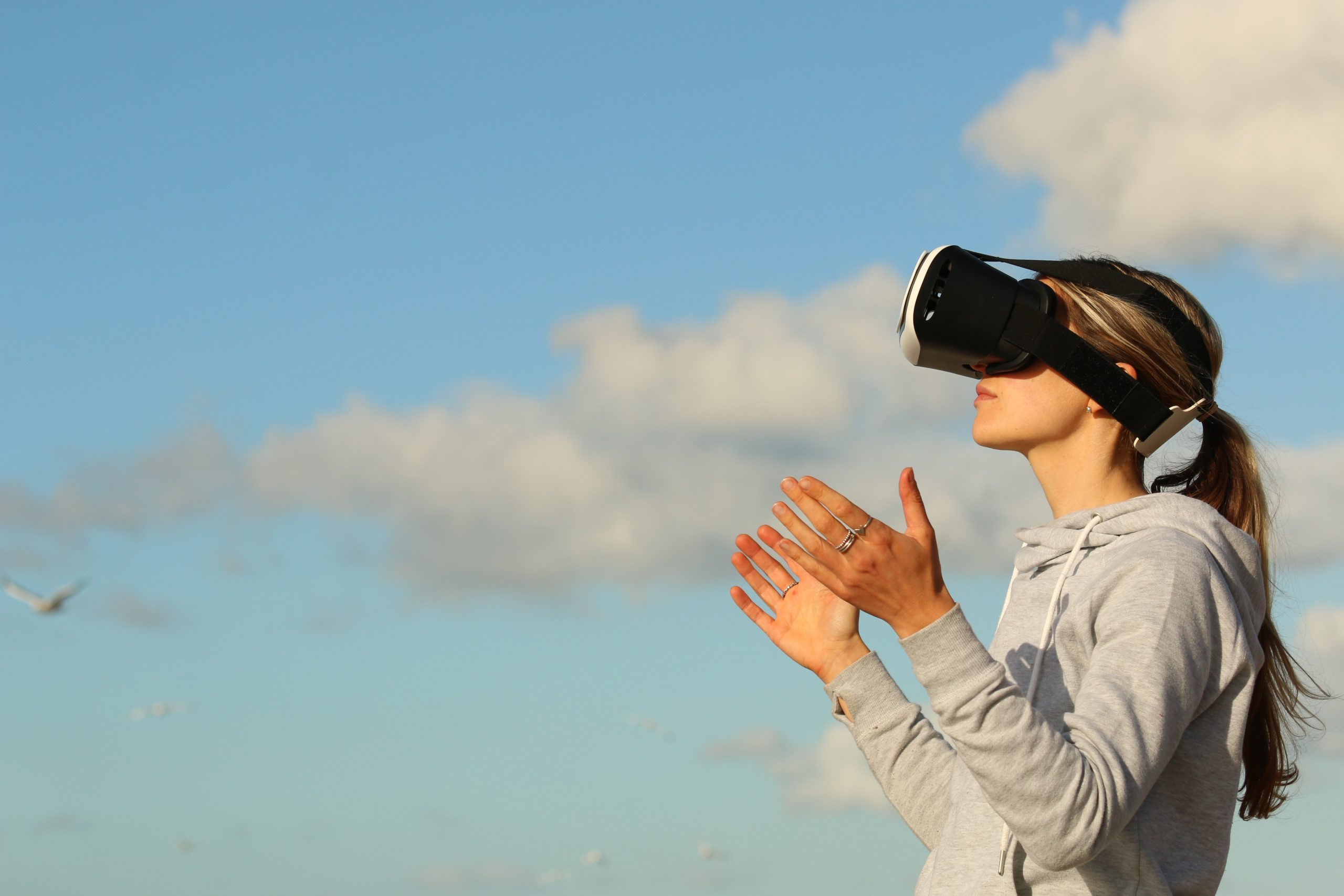Up until recently, the possibility of managing dream spaces from the outside seemed like science fiction to most. Now the perspective of modeling of dream worlds is looking much closer to becoming reality, thanks to the new study published by scientists from the University of Rochester, led by Michele Carr.
In this research, scientists hypothesize that almost any sensory stimuli can influence the sleeping mind. The field of virtual reality (VR) has already made significant advances in producing tools for creating sensory content in simulated worlds. In theory, a disembodied brain attached to sensory simulators will have the same experience as a person in reality.
Thus, devices designed to stimulate haptic, temperature, vestibular, olfactory, and auditory sensations can be applied in the field of dream architecture, which can become an endeavor similar to modeling worlds using VR technologies.
Although the ethics of such research requires discussion, this direction is of great interest for the development of phase studies since any technology for managing ordinary dreams can be applied to phase states.
The article was published in August 2020 in the scientific magazine Consciousness and Cognition.




